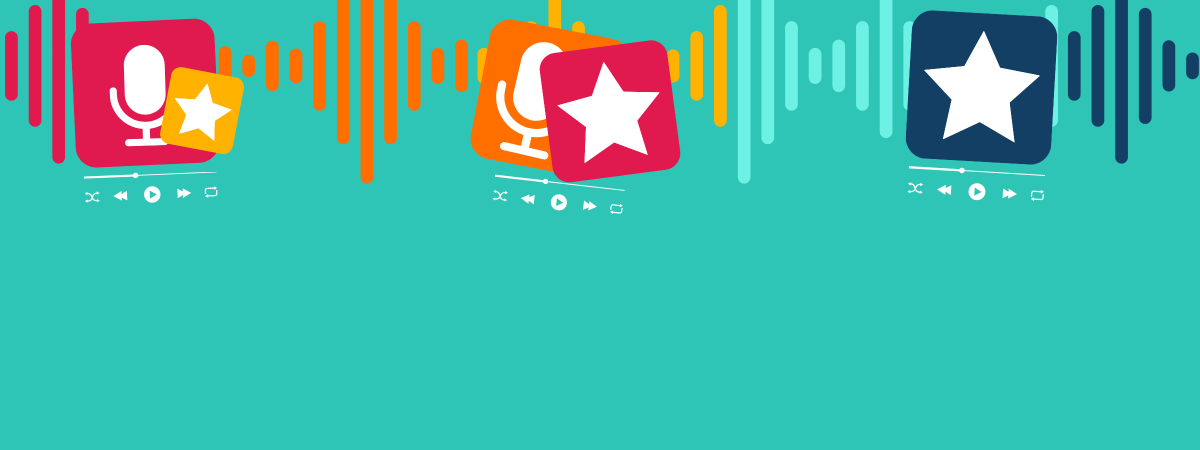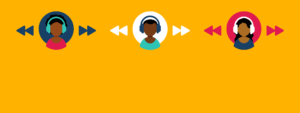Paul Riismandel
Branded content in podcasting has been on my mind lately, and if it’s not on the mind of CMOs, brand marketers, content studios, podcasters and publishers – I think it should be! And here’s why…
The just-released IAB / PwC Internet Advertising Revenue Report for 2024 calls out four factors driving podcasting’s revenue growth of 26% over 2023. These factors are: “continued expansion of podcast networks, deeper brand integrations… advancements in audience targeting [and]… podcasts serving as an important platform for political advertisers.”
Did you catch that second item? It was DEEPER BRAND INTEGRATIONS.
Following the same thread, recently Digiday reported, “Branded content rebounds as a top source of publisher revenue.” In fact, it’s become number two, just behind direct-sold ads, according to Digiday+ Research surveying publisher professionals (not only podcast) in the first quarter of 2025.
Both those news items crossed my transom after attending Podcast Movement Evolutions in Chicago, then immediately flying to New York City to participate in the first Branded Content Days hosted in the US by the Native Content Institute. As far as I could tell, I was the only person who attended both (if you were at both and I missed you, please correct me!). Understanding it might have been a demanding travel schedule for some, I still think the lack of overlap was a miss for both podcasting and branded content as a whole.
It’s not that there isn’t any crossover. There were sessions at Evolutions on topics like breaking into branded podcasts and using podcasts to anchor 360 brand partnerships.
Podcasts weren’t the topic of any single keynote or breakout at Branded Content Days – the event was shorter than Podcast Movement. But podcasts were mentioned by several speakers. Moreover, the Native Advertising Awards US Edition honored The Atlantic’s Most Interesting Thing in A.I., produced for PwC, with a Gold for Best Podcast.
Two out of 25 campaign awards went to podcasts. I think it’s telling that Gold in Best Use of Storytelling was the other one, awarded to LA Times Studios for Impact Winter. Is there anything more quintessentially “podcast” than storytelling?
This all tells me that there’s a lot more opportunity here.
What’s Holding You Back?
I hear all the time that measurement is a barrier to more investment in podcasts, especially deeper brand integrations. However, Signal Hill Insights has been measuring these for a decade, and the evidence shows they’re effective marketing vehicles, delivering plenty of return on investment.
At one end of the spectrum, we’ve tested integrations in existing podcasts, where brands sponsor a segment, a whole bonus episode or even a mini-series. All of these options give brands much more listen and watch time and engagement than a typical pre- or mid-roll spot, while the audience gets extra content from their favorite creators.
Anders Lithner, CEO of Brand Metrics, presented benchmarks from a dataset of 50,000 branded content campaigns at Branded Content Days – mostly digital, with very few podcasts. Yet, one of Anders’ biggest takeaways was, “the superpower of content is time” and that brand outcomes improve when consumers spend more time with their content.
Our research consistently shows how brand integrations in podcasts perform exceptionally well at delivering brands the precious commodity of consumer time. When there’s alignment between the brand, podcast and audience, they can generate a powerful lift in mid-funnel measures. One consumer credit card recently realized an 11-point lift in consideration through its sponsorship of custom segments.
Brand integrations are particularly well suited to communicate and reinforce messaging. Association with key products nearly doubled for an insurance brand that sponsored a bonus mini-series in another podcast.
Branded Podcasts and Hybrids, too
On the other end are fully branded podcasts. These are wholly owned and produced by or for a brand. The upside is complete control, but the task is making a program that audiences want to opt in to. That involves defining who you want to reach, discovering what they want to see or hear, and then connecting them with your podcast.
In contrast, brand integrations offer a ready-made audience. In exchange for reaching them you relinquish some control.
Many brands have launched successful podcasts, despite the added challenges. Those that do get to bask in the “halo effect” of boosting an audience’s opinion of the brand. Signal Hill’s branded podcast benchmarks show that 61% of listeners said a branded podcast episode made them somewhat or much more favorable to the brand that produced it.
Some may consider The Atlantic’s podcast for PwC to be a branded podcast. But in fact it’s kind of a hybrid, sharing some features with brand integrations. What are the first two words in the title of the series? They’re “The Atlantic,” not PwC. This means the publisher is lending its name, its reputation, and its audience to the sponsor. In this way, it’s more like a branded mini-series within a broader series. The podcast brings the host, content and audience, and the brand gets the credit.
The signs are clear that deeper brand integrations, from segments to fully branded podcasts, will continue to be part of podcasting’s growth story. The question is: how much? With a churning digital ad market in other channels, podcasts stand out for offering brands a unique opportunity to spend quality time with audiences. And importantly, we can measure and prove the ROI of branded content in podcasts.
There is outstanding opportunity in collaboration between CMOs, brand marketers, brand studios and the podcast industry. What better way to leverage these advantages… for everyone’s benefit.




